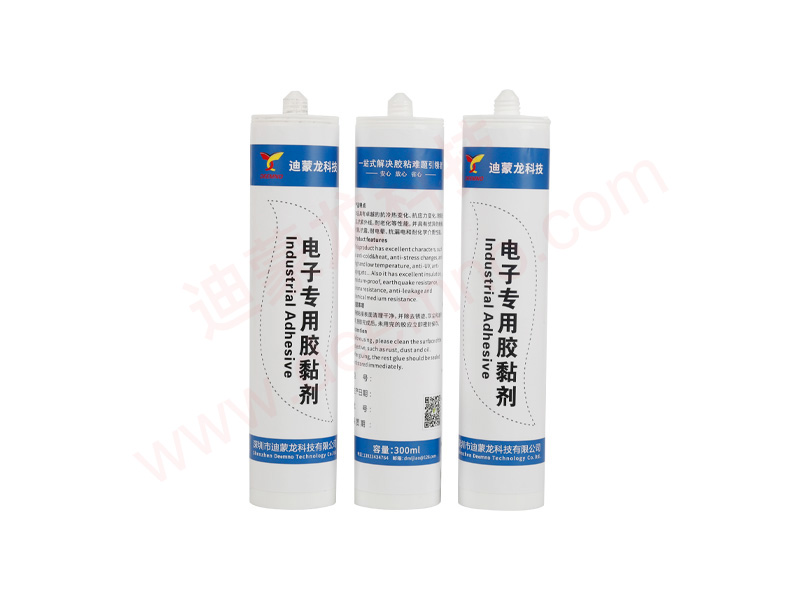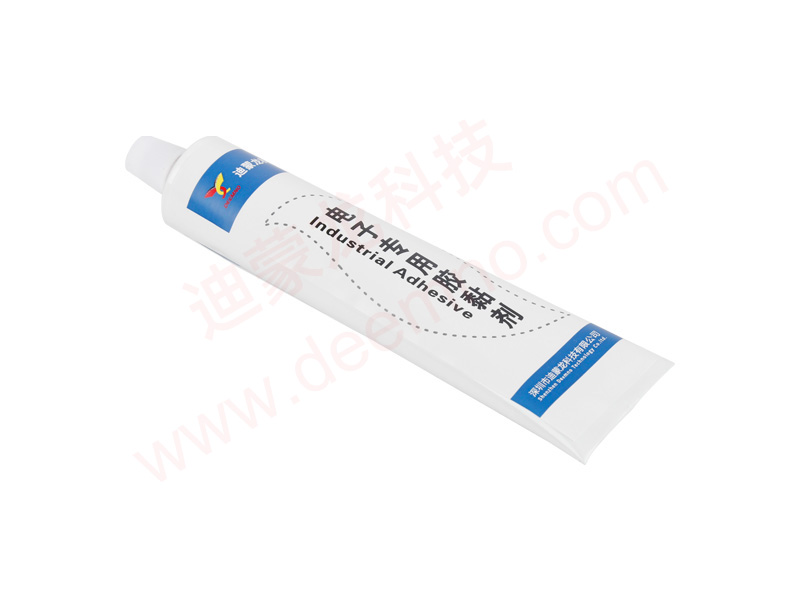品bat.jpg)


熱灌封膠3-2.jpg)
(1) Product Overview:
This product is a silicone composite thermally conductive glue that reacts with moisture in the room temperature environment, solidifying into a high performance elastomer, which is an excellent metal, plastic, ceramic and other substrate adhesive And thermally conductive glue. A variety of electronic components have good bonding, thermally conductive effects; solidified colloids, have excellent physical and electrical properties of silicone materials.
If you still have questions after you pass through, please click the 2D code to enter the thermal adhesive small video in the shake number, and can more intuitively see the whole picture of this product.
(2) Summary of characteristics
● No irritating odor, non-toxic and no corrosion, environmental protection;
● Single group, easy to use, ready to use, room temperature curing;
● There is excellent adhesion to glass, ceramics, metal, rubber, plastic;
● Elastic rubber can resist mechanical vibration and high and low temperature impact;
● The stable elasticity and mechanical properties can be maintained for a long time at -60 ° C ~ 200 ° C.
(3) Typical use
1. Bond: It has a good adhesion to most materials, which can be used for metal and metal, metal and inorganic material thermally conductive binders, without corrosion of the bonded material, and used as silicone rubber and silicone rubber and The best binder between other materials.
2. Conductive: Make the guap material such as the thermally charged filling of the gap between the instrument cabin, the cabin. The seal of the electric meal electric tube, the chemical equipment, electrical equipment of the electrical equipment, and the like.
(4) Technical performance
Before curing parameters:
|
Test items |
unit |
index |
|
Exterior exterior |
---- |
White cream |
|
Deth density |
g/cm3(25℃) |
2.4 ± 0.1 |
|
Table time |
Min (25 ℃) |
2 ~ 10 |
|
Curing color |
Visual inspection |
White white |
|
Curing time |
Day/℃ |
|
After curing parameters:
|
project |
unit |
Numerical value |
|
hardness |
Shore A |
|
|
Thermal Conductivity |
W / MK |
|
|
Tensile Strength |
MPa |
|
|
Dielectric strength |
kV/mm(25℃) |
P |
|
temperature range |
° C |
-60 ~ 200 |
|
Fracture elongation |
|
|
|
Volume resistivity |
Oh; cm |
1.4 × 1013 |
(5) use method
Substrate preparation:
All surfaces must be cleaned, remove oil and wash off all contaminants that may affect the bonding ability, suitable cleaning solvents include: isopropanol, acetone and methylketone. In many substrates, such as glass, metal, and most engineering plastics, it can be bonded, but materials that are not good in normally bonding, such as PTFE, Polyethilic, polyproprind, PET, and others. A similar material should be treated. If the optimum bonding effect is to be achieved, it is recommended to use a bonding promoter. After the solvent is cleaned, a thin layer of bonding promoter is applied with dip coating, brush or spraying, so that the accelerator is at room temperature, The relative humidity is equal to or greater than 50%, dried 15 to 90 minutes.
2. Operation method
After the rub coated surface is applied to the surface, the other piece to be bonded is attached. If the material that has just been applied, if there is a decay phenomenon in humid air, any construction should be completed before this layer of decay. It is easy to use a doctor blade to be scratched. The bonding / sealant can achieve a solid state within a predetermined time. When bonding the surface of the two objects, it is only necessary to uniformly apply the rubber to one of the surfaces, and then bond the other surface. When fitting, appropriate pressures should be used to eliminate the air of the colloidal surface. The thickness of the rubber layer is about 0.5 mm to get the best bonding effect. The adhesive element cannot be moved before the colloid is completely cured. Some packaging products can be extruded directly from the packaging tube. Depending on the size of the dosage, the attached plastic tip head is cut to the required size, and the packaging tube can be used. After using it, you must cover the sealing cover immediately to prevent the remaining colloidal curing in the tube.
3. Curing process and time
(1) The colloid contacts moisture in the air, and the surface of the colloid surface is subjected to a certain period of time.
(2) The colloid is gradually solidified by the surface. 25 ° C and 50% relative humidity The solidified depth of the colloid is 2-5 mm. Deep part, especially if it is not easy to get in a place where moisture is required, it takes a longer time to curing, and when the humidity is low, the curing time will extend relatively. Before using or packaged, it is best to wait for a sufficiently long time to ensure that the bonding portion is completely cured, which is related to many influencing factors, and the user should depend on the specific situation.
(3) If the two materials bonded are non-water (e.g., both materials are metal), the colloidal curing time depends on the thickness of the glue and the binding area between the two being honded. In order to obtain the most ideal bonding effect, the binding area should not exceed 25 mm.
(5) Storage and validity period
In the cool dry, the temperature should be 25 ° C, the product has a shelf life from the date of production of 6 months. Since the adhesive thermal adhesive is cured due to the reaction with the water in the air, it must be sealed when not in use, prevent curing. In case of overdue, it can be used normally after testing.
Shenzhen Dimenglong Technology Co. , Ltd.
Address: Building 1, Block C, 2nd floor, Huiye Science and Technology Park, Guanguang Road, Tangjia community, Fenghuang Street, Guangming District, Shenzhen City